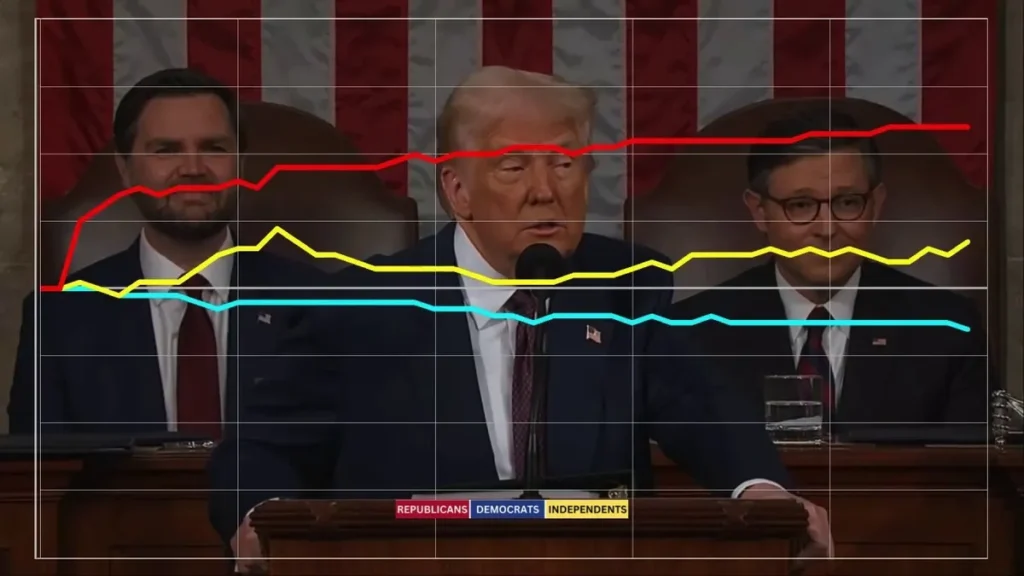Doge Software Licenses Audit HUD: Real‑Time Compliance at a Glance
In today’s fast‑moving digital environment, organizations manage dozens or even hundreds of software licenses—spanning commercial applications, open‑source libraries, SaaS subscriptions, and hybrid tools.
Traditional license audits (once‑a‑year spreadsheet reviews) no longer suffice. Enter the Doge Software Licenses Audit HUD: a dashboard‑driven system built to give IT and compliance teams a live, interactive view of license health, risk, and optimization opportunities.
This article explains what this HUD means, how it works, why it matters, and how to deploy it successfully.
What Is the Doge Software Licenses Audit HUD?

Doge Software Licenses Audit HUD is a real‑time compliance and asset‑management tool that offers a heads‑up display (HUD)‑style interface for software licensing data. Unlike static audits that happen annually or quarterly, this system continuously monitors:
- Inventory of installed software and licenses
- Usage‑vs‑entitlement comparisons
- License expiry, under‑use, and over‑use alerts
- Risk scores for non‑compliance or incompatible licenses
Essentially, it transforms licensing oversight from a reactive task into an ongoing, proactive process.
Key Features & Components
| Feature | Functionality Provided |
|---|---|
| Continuous Inventory Tracker | Detects installed applications/devices and ties them to license metadata. |
| Usage‑vs‑Entitlement Engine | Compares how many seats/licenses were purchased vs active users/devices. |
| Risk Assessment Module | Assigns scores to licenses or installations based on policy violations, expiry, or misuse. |
| Real‑Time Dashboard (HUD View) | Visual display of license health, upcoming renewals, cost leaks, and compliance gaps. |
| Automated Alerts & Workflows | Sends notifications when thresholds breached and triggers remediation tasks. |
| Reporting & Audit Trail | Generates history of changes, usage trends, and compliance actions for governance or auditors. |
Why It Matters for Organizations

Cost Optimization
Many organizations discover they’re paying for licenses they don’t use—or worse, using more licenses than they are entitled to. By using a HUD to highlight unused seats or over‑licensing, they can reclaim budgets and reduce risk.
Compliance & Legal Risk
Software vendors and open‑source communities increasingly audit usage terms. The HUD provides real‑time visibility so issues (e.g., unlicensed use or incompatible open‑source licenses) are addressed before external scrutiny.
Operational Efficiency
Rather than piecing together data from procurement, IT and spreadsheets, the HUD brings one unified view—reducing manual work, enabling faster decision‑making, and improving alignment between IT, legal and finance teams.
Governance & Stakeholder Confidence
For enterprises and public‑sector agencies, showing governance over software assets is important. The HUD supports this by delivering dashboards and audit logs that demonstrate control and transparency.
How to Implement a License Audit HUD Successfully

1. Clarify Scope & Policy
Define what software types (commercial, SaaS, open‑source) you will monitor. Create usage policy (who can install, how many seats, open‑source rules) and set compliance thresholds.
2. Build or Integrate Inventory System
Deploy or leverage existing tools (Asset Management, Endpoint Management, SAM) to discover installed software, map versions, and connect license records.
3. Connect License & Usage Data
Match purchase records, renewal dates, number of seats/licenses bought, with actual usage (users/devices). This forms the entitlement base for comparison.
4. Implement Real‑Time Dashboard
Configure the HUD interface to show key metrics: license gap count, cost leakage, license expiry alerts, risk score heat‑map. Make dashboards role‑specific (IT, procurement, finance).
5. Define Alerts & Workflows
Set thresholds (e.g., licenses >90% usage, expired seats, open‑source incompatible license introduced). Create workflows to send alerts, assign tasks, and track remediation.
6. Review and Remediate
Run regular reviews of dashboard data; act on findings—remove unused licenses, renegotiate contracts, switch license models, or remediate open‑source compliance issues.
7. Institutionalize & Improve
Make HUD‑driven license auditing part of business‑as‑usual. Review rules, refine workflows, train stakeholders, and incorporate the HUD into governance and audit reports.
Challenges & Considerations
- Data Quality & Completeness: If inventory or purchase records are incomplete, the HUD view will be inaccurate.
- Complex Licensing Models: Modern licenses include device‑based, user‑based, subscription, open‑source hybrid models—this complexity can be challenging.
- Change Management: Teams may resist the shift from annual audits to continuous monitoring. Training and stakeholder buy‑in are critical.
- Over‑Alerting & Noise: Too many thresholds or non‑actionable alerts can lead to alert fatigue. Define appropriate thresholds.
- Integration & Infrastructure Overhead: Deploying agents, integrations across ITAM, SAM, procurement systems may require investment and time.
Best Practices & Tips
- Start small: pick high‑cost software or known risk area to pilot the HUD approach.
- Focus on high‑value gains: unused seats, license consolidation, vendor renegotiation.
- Clean data first: ensure you have accurate purchase records and installed‑software logs before relying on dashboard numbers.
- Use dashboards for collaboration: align IT, procurement and finance on decisions like renewal or cancellation.
- Set clear ownership: someone must own license compliance and the HUD workflows.
- Treat open‑source licenses seriously: incompatible licenses can pose legal and operational risk.
Read: Kumud Roy Kapur
Read: Sophie Rain
Read: Maheen Siddiqui
Read: Vicky Goswami
Read: Discover Why Costa Rica Is a Surfer’s Paradise
Read: Sophie Rain
Read: Michelle Randolph
Read: Miriam Amirault
Read: SharePoint Intranet Service
FAQs
What sets a License Audit HUD apart from a traditional audit?
A traditional audit is periodic and manual—data is often stale by the time it’s reviewed. A HUD offers real‑time, continuous monitoring and visualization of license health, enabling faster action and better control.
Can open‑source licenses be monitored by a HUD?
Yes. The HUD can ingest repository or code‑scan data, detect open‑source licenses (MIT, GPL, AGPL, etc.), assess risk or compatibility issues, and display alerts when problematic licenses are introduced.
Is the “Doge” name related to cryptocurrency?
No. In this context, “Doge” is simply a branding term for the audit HUD concept—it does not refer to any specific coin or crypto project.
What is the typical ROI of deploying a License Audit HUD?
While industry figures vary, many organizations report licensing cost savings of 10‑30% through identifying unused seats, consolidating licenses, and shifting to optimized licensing models.
How often should the HUD be reviewed?
While the HUD runs continuously, executive reviews should happen at least monthly. Alerts should be monitored in real‑time by the compliance or IT team.
Conclusion
In an era of sprawling software estates, subscription models, and open‑source complexity, managing licenses is no longer a back‑office task—it’s a strategic imperative. The Doge Software Licenses Audit HUD transforms how organizations view compliance: from static check‑lists to dynamic dashboards.
By bringing visibility, accountability and automation into license governance, the HUD helps unlock cost savings, reduce risk, and build a culture of software‑asset discipline. For any organization serious about managing its software ecosystem, embracing a real‑time audit HUD is a compelling next step.



